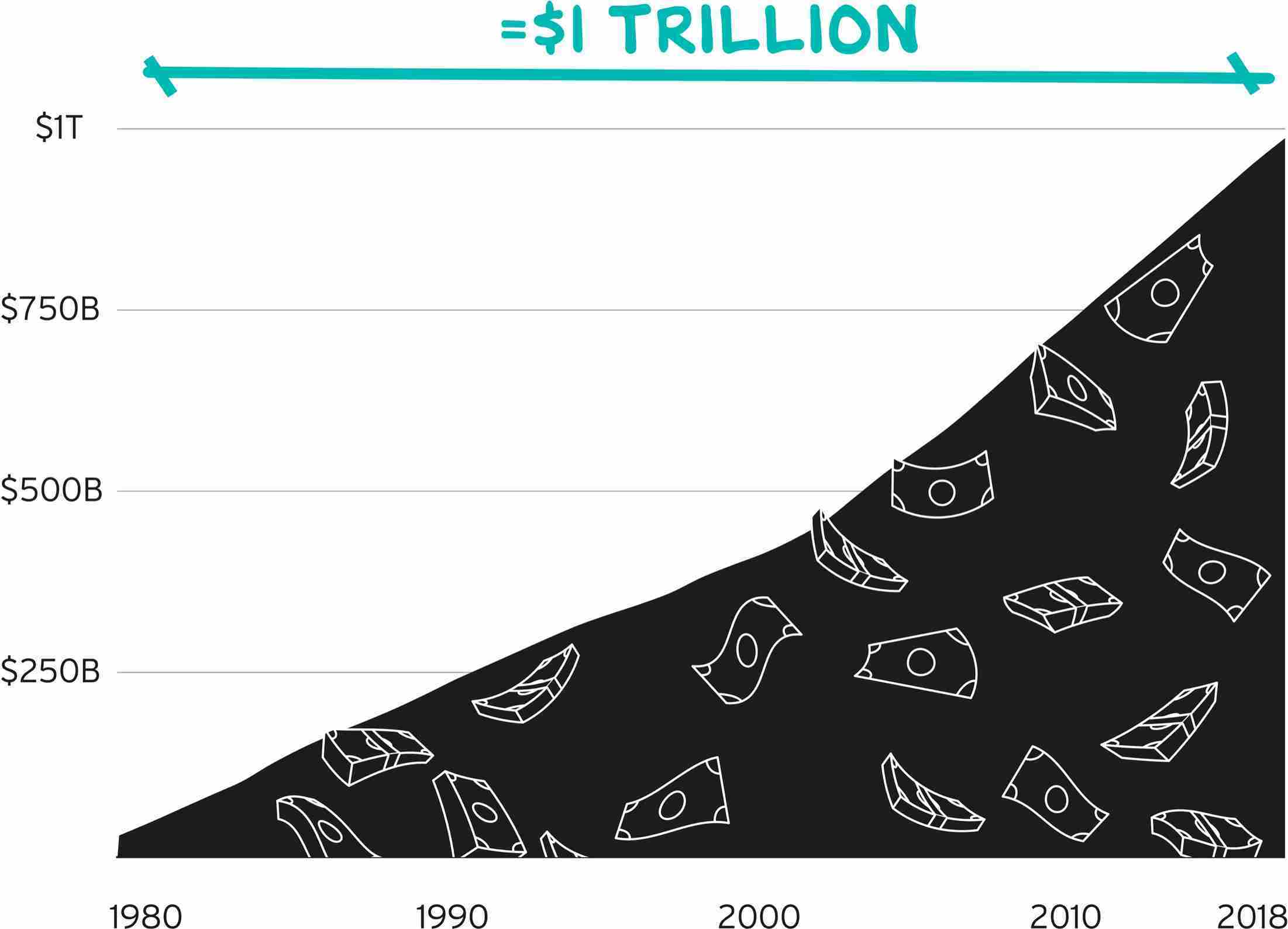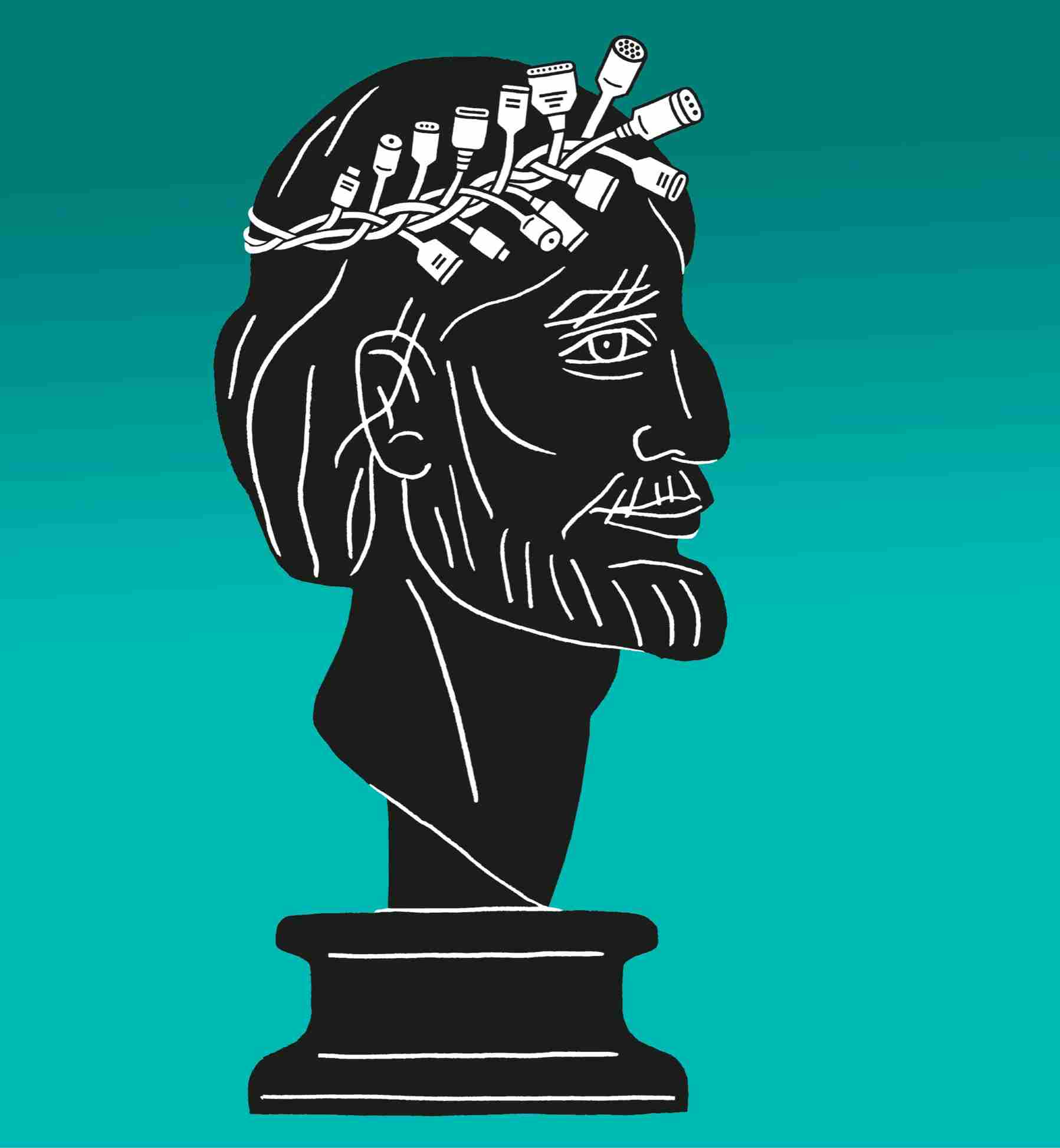Assisting Humanity
The postwar U.S. did not invest solely in its domestic recovery; it made multibillion-dollar investments in its weakened allies and fallen foes alike, including the $13.3 billion Marshall Plan. That tradition has continued: the U.S. remains the world’s largest provider of foreign aid (although it’s not the most generous on a share-of-GDP basis).
Since 1980, the U.S. has extended roughly $1 trillion in nonmilitary aid, typically on a bipartisan basis. President Reagan directed over $1 billion in direct response to famine in Africa, and urged Congress to substantially increase foreign aid funding. President George W. Bush made game-changing commitments to programs fighting HIV/AIDS, famine, and corruption in Africa. President Obama’s Feed the Future program invested in global food security, a program reauthorized under President Trump in 2018. U.S. private foundations, meanwhile, provide over half the world’s philanthropic expenditures.
Some say we should have more businesspeople in government. I admire great business leaders, but government is not business. Business teaches us to always look for an advantage, to not give anything away without getting more in return. That’s the antithesis of government (and government service), the purpose of which is to contribute to the commonwealth without recompense.
21
Cumulative U.S. Foreign Aid Nonmilitary Expenditure

Source: ForeignAssistance.gov.
